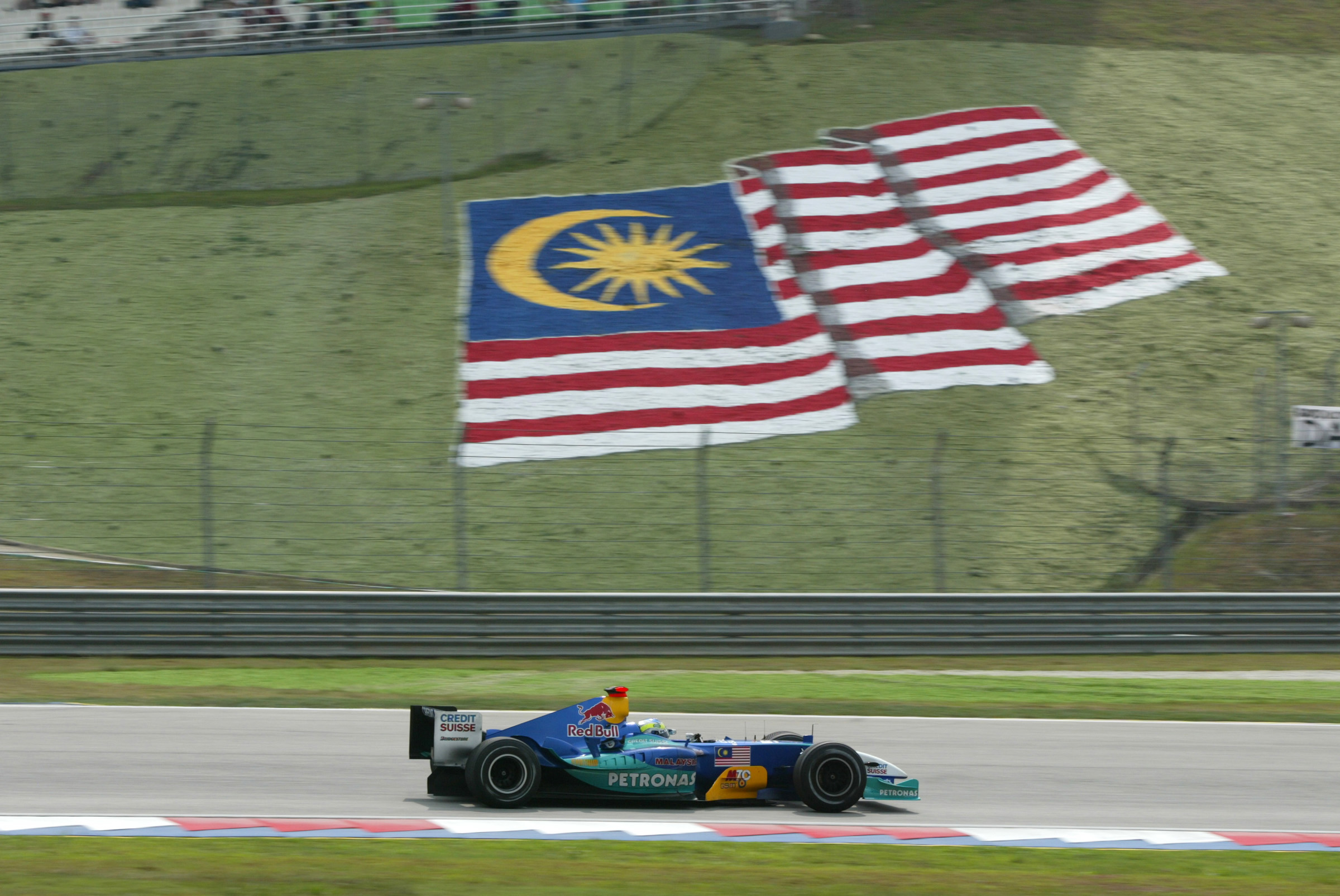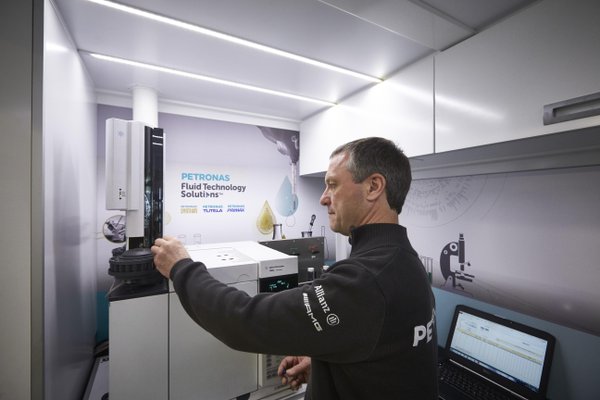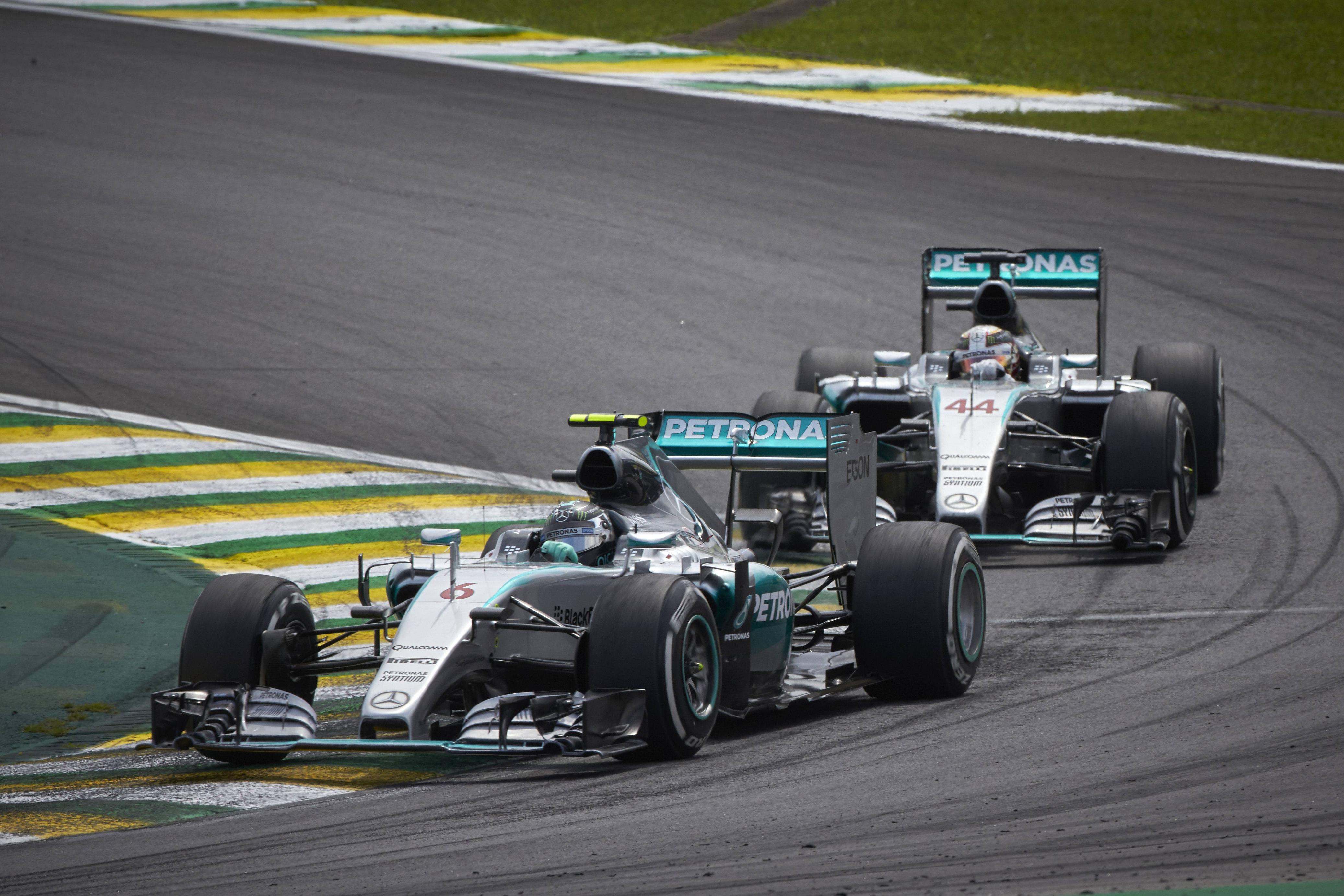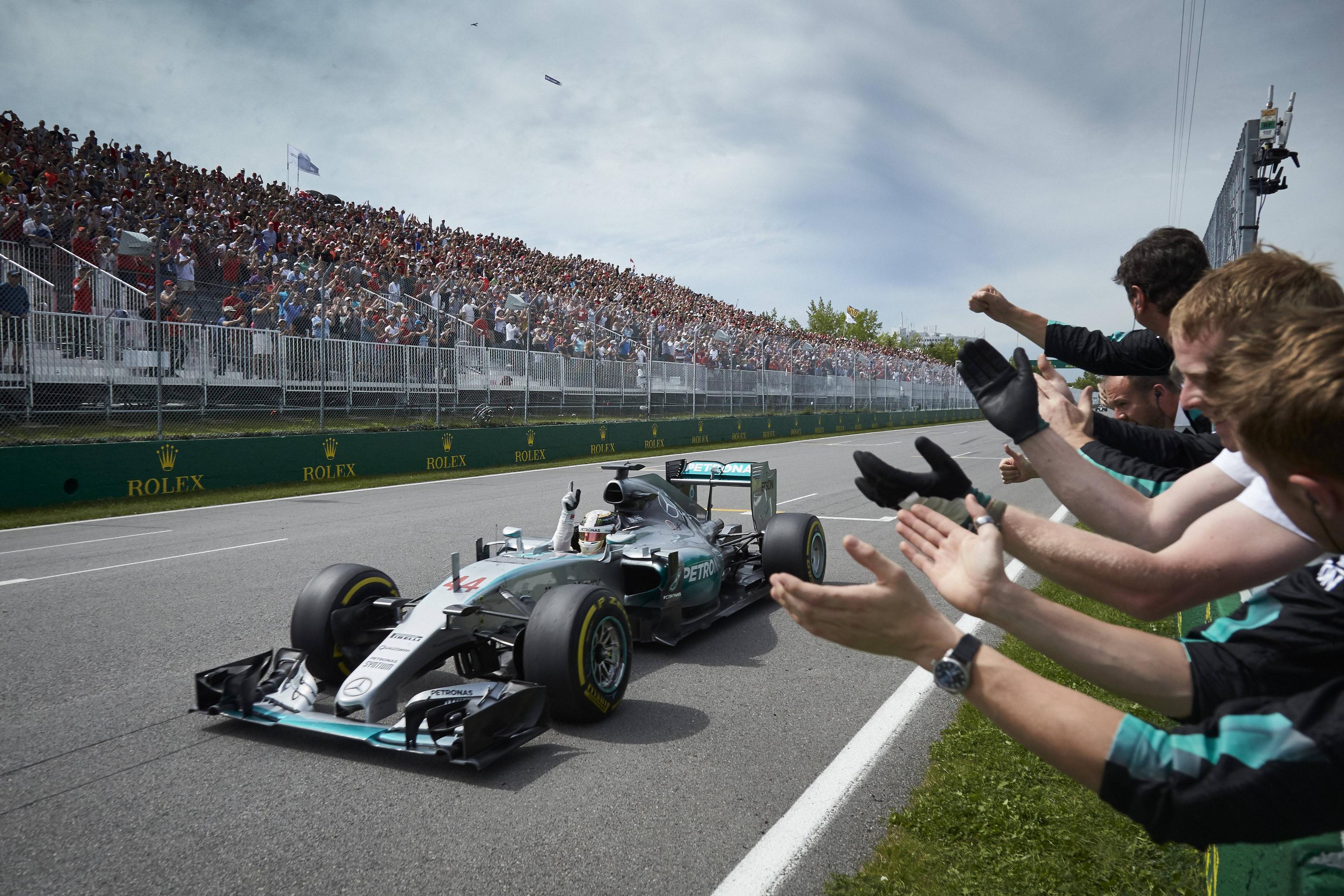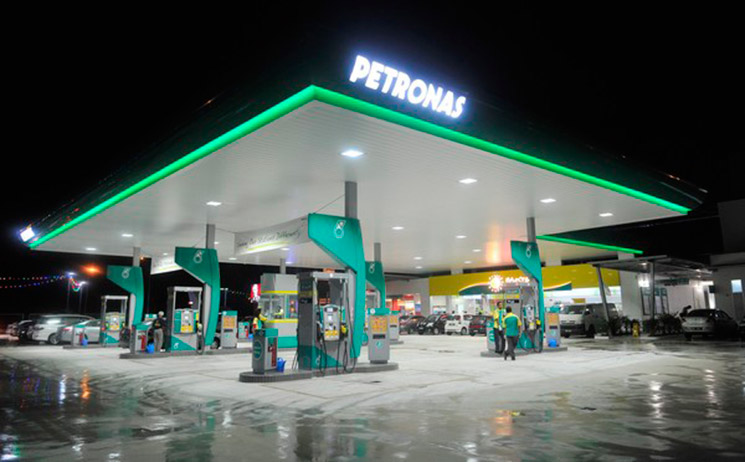How A Malaysian Company Helped Mercedes AMG Defend Their Formula One Championship
It's all part of a really close knit partnership.
During the glory years of the 80s, Formula One™ was pushing the limits of power and speed on the race track
Race teams would focus on getting 'rocket fuel' - fuel that's designed to get engines to 1000bhp and above. Since then, 'rocket fuel' has then been banned but that hasn't stopped race teams and fuel providers from bringing out the best engine performance possible.
F1's fuel engineers have been working overtime down to the minor details of the chemical composition of their products to help their teams get an edge in the standings.
When Mercedes replaced Nico Rosberg's car with a new 'developmental' engine during the qualifying sessions of the 2015 Italian Grand Prix, it raised eyebrows as it was more powerful than the fastest engine during the season
The engine in the back of Nico Rosberg's car had to be removed and replaced by an old standard-spec unit after suffering a leak in Saturday morning practice. But in P1 on Friday their end-of-straight speeds, combined with information gained by other teams via GPS-tracking suggested the new motor could have been as much as 40bhp more powerful than that which was already dominating the season.
How did they get there? It's all thanks to the partnership with Petronas, the fuel engineer for Mercedes.
As Mercedes demonstrated at the Italian Grand Prix with a new 'development' engine that was trialled for the first time, it is evident that fuel is no longer something that is just pumped into the car. It's very much a part of a symbiotic relationship with the engine too.
The change of Mercedes specification for Monza was birthed out by a desire to explore a new fuel development direction for 2016 – something the design of new engine components worked exclusively with.
As Chan Ming-Yau, Petronas' fuel technology manager, said: "There was a time when engine development triggered a change of fuel. This time around, I would say it is now done together. The new spec introduction at Monza speaks for that; new spec engine and new fuel. It now goes hand-in-hand."
It's a symbiotic process of development – "lots of small steps together that make one significant step in total," as Mercedes HPP boss Andy Cowell explained. "It all comes together beautifully."
The importance of fuel was more apparent when a turbo restriction and especially a 100kg petrol limit per race rule was introduced last year
The 2014 Formula One™ season will be defined by the introduction of advanced new hybrid engines. These new power units are built around a 1600cc turbocharged V6 with direct fuel injection. But that really only the tip of a very big and complex iceberg.
The engines have a double restriction on fuel consumption which will really change everything. In 2014 they will have cover a grand prix distance using 35% less fuel, with a maximum fuel load of 100kg (not the same as 100 litres). On top of that the rate of fuel flow is also limited to 100kg/hour. Now it does not take a scientist to work out that at the maximum flow rate the cars could not finish the race. So other strategies must be employed. This is where the ‘double hybrid’ system comes in.
The power units are fitted with two electric motors, one linked directly to the turbocharger, the other working in the same was that KERS have done in the past. The combined maximum power output will be around 760bhp similar to the output of the rev limited V8’s of 2013.
Petronas does more than just supplying fuel to Mercedes, Petronas is actively looking into making lubricants and functional fluids more efficient for the racing champions
Eric Holthusen, COO of Petronas International believes that there are definitely more room for improvement with better gearbox lubricant, and in ERS cooling fluid that could have knock-on improvements for aerodynamics.
"The fuel seems to take always centre stage, but if you look at the car today: there are five fluids that come from Petronas: the fuel, the engine lubricant, the gearbox lubricant, the cooling fluid for ERS and the hydraulic system.
"The fuel seems to take always centre stage, but if you look at the car today: there are five fluids that come from Petronas: the fuel, the engine lubricant, the gearbox lubricant, the cooling fluid for ERS and the hydraulic system.
"A lot of this performance potential we have neglected because we have focused on the engine lubricant and fuel first. But we have recently had technical meetings with the team – looking at the gearbox and how much more efficiency can we get out of the gearbox lubricant.
"Also, how can we help aerodynamics of the car by having a better ERS cooling? Because if you have better heat transfer, the chassis team can reduce the surface of the heat exchanges which improves the aerodynamics – which then makes the car faster.
"Things in the beginning that you would not think of, like gearbox oil or cooling of ERS making the car faster, they can.
"While the new engines are getting more mature, by no means is the hardware or fluids mature. So there is always more that we can squeeze out."
And unbeknownst to a majority of people, Formula One™ fuel is as close as it gets to the ones on the roads
Holthusen told Motorsport.com: "It is definitely the case."
"We are much more restricted because you cannot use anything that is nasty any more – so what you have today is very close to the products on the road."
"You have to use the same components and put them together in a clever way, which gives more power, better acceleration and better economy on the engines."
The FIA regulations states that Formula One™ race fuels must be made of compounds normally found in commercial fuels, although there are some leeway where they can tweak and innovate with additives for more power or to control temperatures.
That means the PRIMAX 95 or PRIMAX 97 fuel that you're pumping into your cars each week is as close as the race fuel Lewis Hamilton and Nico Rosberg uses in their race cars.
Chan Ming-Yau, Petronas' fuel technology manager explains it perfectly in the video below.
The results don't lie. Thanks to the close partnership with Petronas, Mercedes have successfully defended both the driver's and constructors championship with a huge margin.
In the driver's championship, both of Mercedes drivers finished 1st and 2nd while in the constructor's championship, Mercedes dominated with the closest rival at a distant 275 points away.
Despite the recent success, Petronas and Mercedes are not letting their guard down. Other teams are slowly catching up.
What Mercedes showed in Monza, with a performance step that rival Christian Horner called 'frightening', was that rapid progress is still possible with these regulations.
"It gets harder. It definitely gets harder," he said. "The low hanging fruit has been picked, that is for sure.
"We are getting pushed by the team, and the team gets insights and ideas from what we have. We will not see the quantum leaps we saw in the beginning, but we have continuous improvement and you have to watch what the competition does.
"Mercedes watches the other teams, we watch the other fuels and lubricants and try to find out what they are working on, because components we probably had through clever research last year become available to them as well. It doesn't go unnoticed. You have to keep working on new things."
As for drivers on the road, constant improvements and enhancements of Formula One™ engineering are inherently passed on to consumers and made available at stations across the nation
In an extensive and convenient network of 1,000 stations across Malaysia, world-class Formula One™ engineering has become accessible to the masses, catering to every car and driver on the road, all in the continuous pursuit of technological advancement and engineering excellence. Learn more on what Petronas fuel can do for your car HERE.
